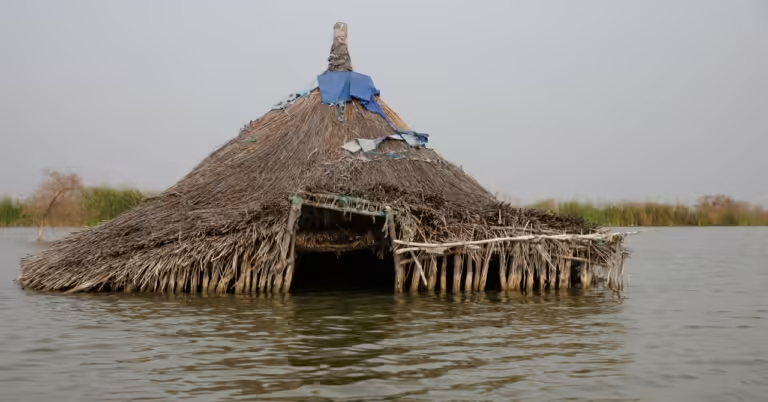This article Reprinted from conversation Under Creative Commons license.
Large parts of South Sudan are once again being hit by severe flooding as record water levels in Lake Victoria rise and spill downstream into the Nile River, affecting more than 700,000 people. Hundreds of thousands of people were already displaced by severe flooding several years ago and have not been able to return until this new threat has emerged.
There are now fears these displaced communities may never return home. While extreme weather events frequently force entire communities to flee in other parts of the world, this could be the first permanent mass displacement due to climate change.
In South Sudan’s Sudd region, the Nile flows through a vast network of smaller rivers, swamps and floodplains – one of the largest wetlands in the world. Flood levels vary greatly from year to year, mainly due to fluctuations in the water level of Lake Victoria and controlled releases from dams in Uganda that drain the lake into the Nile.
Sudd’s unique topography means that flooding there is very different from other parts of the country: Most of the floodwaters cannot flow freely back into the White Nile’s main channel, and water struggles to infiltrate the floodplain’s clay and silty soils, meaning floods last for long periods of time and often subside as the water evaporates.
People can’t stand it anymore
Communities living in the Sudd region, including the Dinka, Nuer, Anyuak and Shilluk peoples, have adapted well to the normal ebb and flow of seasonal flooding. When floodwaters rise, herders move their cattle to higher ground and earthen walls made from compressed mud protect homes and infrastructure. Fishing sustains local communities during flood season. When the floodwaters subside, crops and vegetables such as groundnuts, okra, pumpkin and sorghum are planted.
But record water levels and recent prolonged flooding have stretched the coping mechanisms of these indigenous peoples to their limits. Prolonged conflict within the country has further weakened their ability to cope. Community elders who spoke with our colleagues from medical humanitarian charity Médecins Sans Frontières said fear of conflict and violence was preventing them from moving to safer areas they found during major floods in the early 1960s.
In South Sudan, between 2020 and 2022 alone, some 2.6 million people were displaced due to both conflict and violence (1 million) and floods (1.5 million). In reality, the two are interconnected, with herders displaced by floods clashing with local farmers over land.
Stagnant floodwaters also lead to an increase in water-borne diseases like cholera and hepatitis E, snakebites and vector-borne diseases like malaria. These diseases become more dangerous when people are malnourished. Malnutrition is already a major problem, especially for the roughly 800,000 people who fled to South Sudan after another conflict began in Sudan in April 2023.

